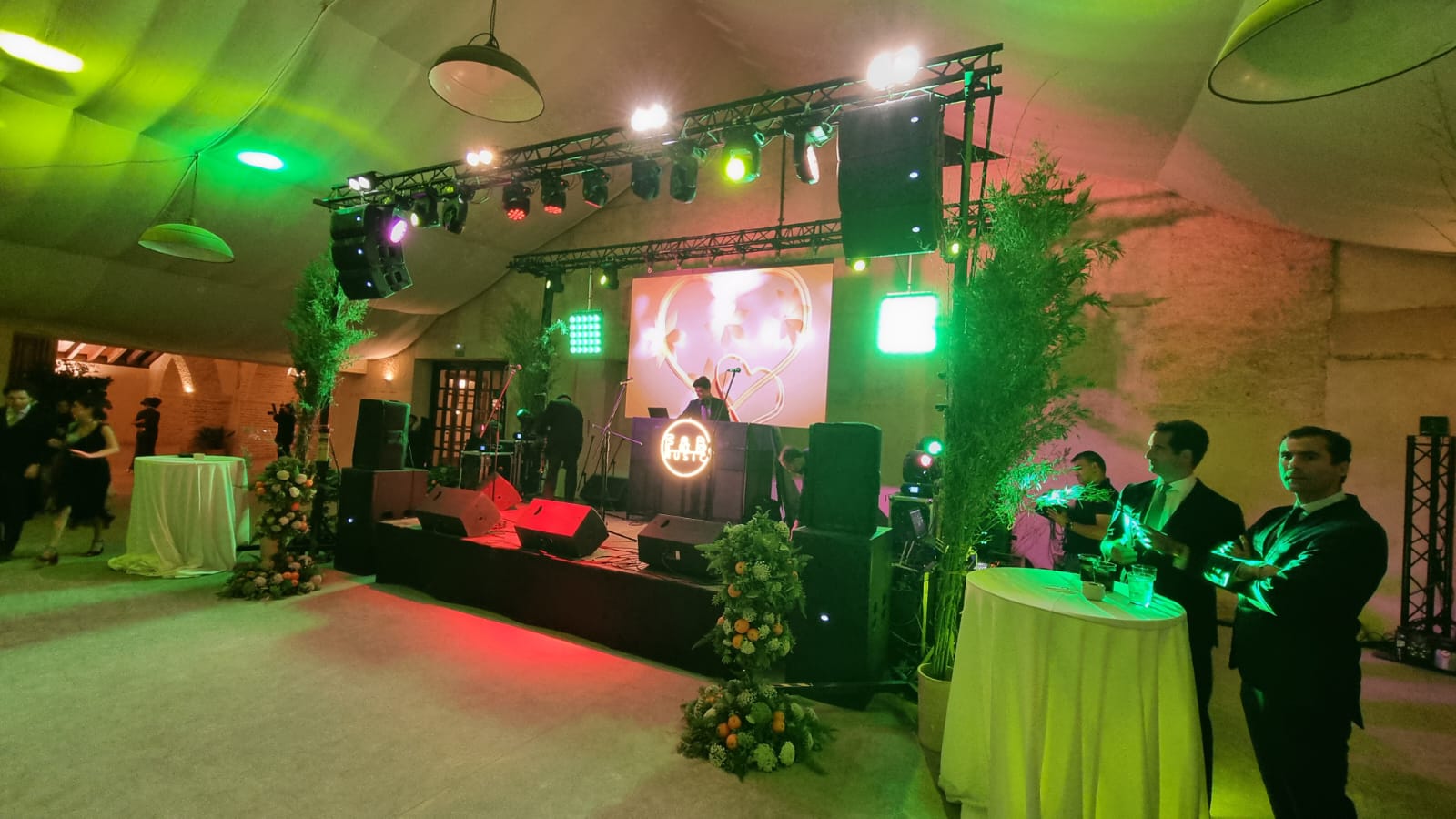In today’s fast-paced and tech-driven world, digital displays have become a common feature in a wide range of industries—and the restaurant business is no exception. Restaurant display screens, such as digital menus, video walls, and digital signage, are no longer just a luxury; they’ve become a necessity. These innovative tools not only boost operational efficiency but also create an engaging and modern dining experience for customers. Below, we explore why restaurant display screens are crucial in today’s competitive market.

1. Improved Customer Experience
One of the primary benefits of restaurant display screens is their ability to enhance the overall dining experience. Digital menu boards, for example, provide an easy-to-read, visually appealing way for customers to browse the menu. They can showcase high-definition images or videos of dishes, giving customers a better idea of what to expect before ordering. Dynamic content can also be used to highlight specials, new items, or promotions, keeping customers informed and engaged.
Moreover, displays can be updated in real time, allowing restaurants to change menu items or prices as needed—something traditional printed menus can’t match. This flexibility allows businesses to respond to supply chain issues, special events, or changing seasons without the need for costly reprints.
2. Enhanced Branding and Ambience
Restaurant display screens can be used to reinforce branding by displaying logos, slogans, or unique visual elements that align with the restaurant’s theme. Whether it’s a trendy café, a fine-dining establishment, or a family-friendly eatery, digital signage can be tailored to fit the establishment’s brand identity.
In addition to branding, these screens contribute to the overall ambiance of the restaurant. A well-designed digital display can set the mood with changing visuals, ambient lighting, or even relaxing videos—creating a more immersive environment for guests.
3. Operational Efficiency and Streamlined Communication
Beyond customer-facing benefits, restaurant display screens play a key role in improving internal operations. In the kitchen, kitchen display systems (KDS) can replace paper tickets, streamlining communication between the front and back of house. Orders are transmitted instantly to the kitchen staff, reducing the risk of human error and ensuring faster turnaround times.
With a KDS, kitchen staff can prioritize orders based on time, modify orders as needed, and track preparation status—all in real time. This system reduces delays and improves accuracy, leading to quicker service and fewer mistakes.
In addition, digital display screens can be used in the dining area to display wait times or the status of customers’ orders, which improves transparency and reduces customer frustration.

4. Effective Marketing and Upselling
Restaurant display screens are an excellent tool for marketing directly to customers. With the ability to display promotional content, special offers, and limited-time deals, restaurants can drive sales and increase revenue. For example, digital screens can showcase high-margin items or bundled deals to encourage upselling. Happy hour promotions, for instance, can be dynamically featured at certain times of day to boost business during off-peak hours.
The flexibility of digital signage also allows restaurants to tailor promotions to specific demographics, display time-sensitive offers, and feature seasonal items—all of which can be difficult or costly to do with traditional printed materials.
5. Queue Management and Order Status Tracking
Long waits are a common challenge for busy restaurants, but with the addition of digital display screens, this issue can be easily addressed. Display screens in the waiting area or at the entrance can show real-time updates on queue status, allowing customers to track their place in line. This not only enhances the customer experience but also minimizes customer anxiety about waiting times.
Additionally, screens can be used to display order progress and estimated wait times at the table, giving customers greater visibility into their dining experience and reducing frustration.
6. Cost-Effective and Sustainable
Though restaurant display screens require an initial investment, the long-term cost benefits are significant. Digital menus eliminate the need for printed materials, which can quickly become outdated and require frequent reprinting. Additionally, the ability to update content remotely ensures that changes are made instantly, without any physical materials needing to be discarded.
In terms of sustainability, reducing paper waste and using energy-efficient LED screens aligns with growing environmental consciousness, making digital displays an eco-friendly solution for modern restaurants.
7. Data Collection and Analytics
Another advantage of restaurant display screens is their ability to integrate with other technologies, enabling the collection of valuable data. Digital signage platforms can track customer engagement with specific promotions or menu items, providing restaurants with insights into customer preferences and behaviors.
This data can be used to fine-tune marketing strategies, optimize menu design, and make informed decisions about pricing, inventory management, and staffing. It’s a powerful tool for creating a more personalized and responsive dining experience.
Conclusion: A Key to Modern Restaurant Success
In a competitive restaurant industry, staying ahead means embracing technology that enhances both customer experience and operational efficiency. Restaurant display screens offer a multitude of benefits, from improving communication and streamlining operations to enhancing ambiance and increasing revenue.
By investing in digital signage and display solutions, restaurants can meet the demands of modern consumers, drive customer satisfaction, and stay ahead of the curve in an increasingly digital world. Whether it’s updating menus in real time, promoting special deals, or creating an immersive atmosphere, the necessity of restaurant display screens cannot be overstated.
Post time: Nov-30-2024



